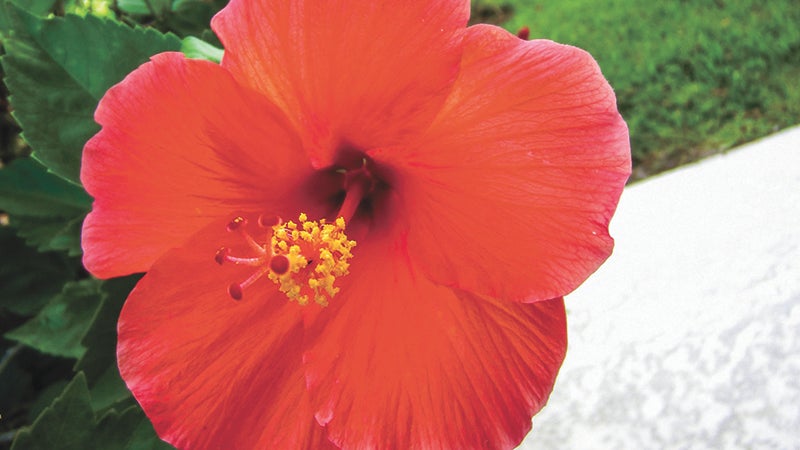OUT IN THE YARD: Peppers
Published 12:07 pm Monday, July 6, 2015
As the summer heat up one of the most heat loving plants is the pepper. The pepper comes from the genus Capsicum of the nightshade family. There are several types and colors of peppers ranging from sweet banana peppers to extremely hot and spicy chili peppers. Peppers are native to Mexico, Central and South America. These seeds were carried to Spain during their occupation during the 1500’s and spread from there across Europe. It is said that Christopher Columbus named the plant pepper for two reasons. peppercorn was a very sought after condiment and pepper was also used as a general name for hot pungent spices. The Portuguese took peppers to Asia in the 1600’s. Currently India and China are the two largest exporters of many kinds of peppers.
There are two major types of peppers: sweet and hot. Sweet peppers include bell and banana. Hot peppers include chili, cayenne and jalapeno. Both types have the element the makes peppers hot, Capsaicin. The more of this in the pepper the hotter the taste. Sweet peppers lose some of the sting as they mature and move toward sweet. On the other hand, as hot peppers mature and turn colors their heat intensifies. This intensity is measured in Scoville Heat Units. The sweet green bell pepper has zero units. The banana pepper registers around 200 and the jalapeno, from 1,000 to 2,000. The Carolina Reaper, considered today’s hottest pepper, and ghost peppers, register near two million units on the Scoville scale.
Peppers grow best in moist but not wet soil. Because color and Capsaicin are complex molecules, the plant needs fertile well balanced soil as building blocks. Mulching is a must with peppers to keep them producing. The plants grow into bushes and should be spaced 18 to 24 inches apart in full sun. They are quick growing and usually produce large amounts of fruit if they are picked regularly. Do not over fertilize especially with a high nitrogen. That will result in a beautiful green plant with no fruit. Most peppers are self-pollinating but can be cross pollinated by bees and insects. Because of this, you should not plant sweet peppers near hot peppers. This cross pollination will result in varied results in future generations of seeds. Most of the time pepper plants are very insect and disease tolerant. Occasionally you can have spider mites issues or minor fungal problems if you over water.
You can pick peppers at any stage of growth. The fruits will have different flavors, the flesh will have different textures, and vary in colors. Be sure to check your seed packet to know when the fruits are mature. Most packets will state maturity with a color and approximate size. Since peppers are a hot weather plant, they do not store well and start to deteriorate within a couple of days of picking. They do not store well in the refrigerator either. Many people freeze then or pickle them.
You can reach Jefferson County Master Gardener Tim Schreck at timothyrschreck@gmail.com or call Texas A&M AgriLife Extension Service at 409-835-8461.


